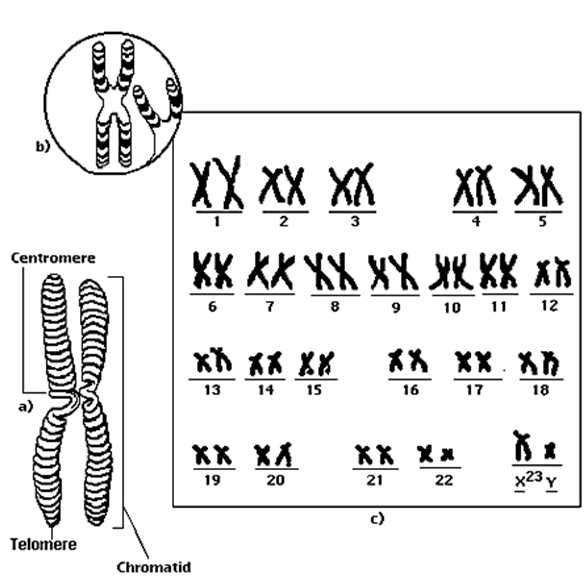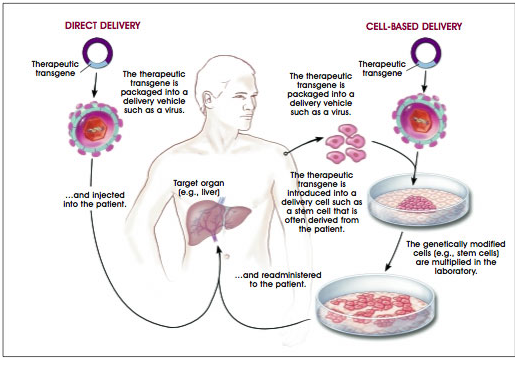Nucleotides are nucleosides with one or more phosphate groups covalently attached to the 3′ or 5′-hydroxyl group(s) (OH–) of a pentose sugar. A nucleoside is one of the four (4) DNA bases (i.e. adenine, guanine, cytosine and thymine) covalently attached to the carbon-one (C1) position of a sugar molecule such as the pentose sugar.
Deoxyribose and ribose sugar which are found in DNA and RNA molecules respectively are typical examples of pentose sugars that form integral parts of nucleic acid molecules. Nucleosides differ from nucleotides in that they lack phosphate groups.
And the four different nucleosides of deoxyribonucleic acid (DNA) molecule are deoxyadenosine (dA), deoxyguanosine (dG), deoxycytosine (dC), and deoxythymidine (dT). Nucleotides are the monomer units of DNA. There are four different types of nucleotides found in DNA molecules, and each of these nucleotides differs only in their nitrogenous base.
The nitrogenous bases that form integral parts of nucleotides and that make up the DNA molecule are guanine (G), adenine (A), thymine (T) and cytosine (C).
Nucleotides (Figure 1) are usually made up of three main components viz:
- A pentose sugar (e.g. deoxyribose and ribose).
- A nitrogenous base (e.g. purine and pyrimidine).
- A phosphate group.

A nitrogenous base is a molecule that contains nitrogen and has the chemical properties of a base. The main biological function of a nitrogenous base is to bond nucleic acids together.
A nitrogenous, or nitrogen-containing, base is an organic molecule with a nitrogen atom that has the chemical properties of a base.
Pyrimidine and purine are the two main derivatives from which nitrogenous bases are formed. A set of five nitrogenous bases is used in the construction of nucleotides, which in turn build up the nucleic acids like DNA and RNA.
References
Alberts B, Bray D, Johnson A, Lewis J, Raff M, Roberts K andWalter P (1998). Essential Cell Biology: An Introduction to the Molecular Biology of the Cell. Third edition. Garland Publishing Inc., New York.
Chen I and Dubnau D (2004). DNA uptake during bacterial transformation. Nat. Rev. Microbiol. 2 (3): 241–249.
Cooper G.M and Hausman R.E (2004). The cell: A Molecular Approach. Third edition. ASM Press.
Dale J (2003). Molecular genetics of bacteria. Jeremy W. Dale and Simon Park (4th eds.). John Wiley & Sons Ltd, West Sussex, UK. Pp. 312-313.
Dale J (2003). Molecular genetics of bacteria. Jeremy W. Dale and Simon Park (4th eds.). John Wiley & Sons Ltd, West Sussex, UK. Pp.
Madigan M.T., Martinko J.M., Dunlap P.V and Clark D.P (2009). Brock Biology of Microorganisms, 12th edition. Pearson Benjamin Cummings Inc, USA.
Tamarin Robert H (2002). Principles of Genetics. Seventh edition. Tata McGraw-Hill Publishing Co Ltd, Delhi.
Thieman W.J, Palladamo M.A and Thieman W (2003). Introduction to Biotechnology. Benjamin Cummings, San Francisco, CA.
Discover more from Microbiology Class
Subscribe to get the latest posts sent to your email.




